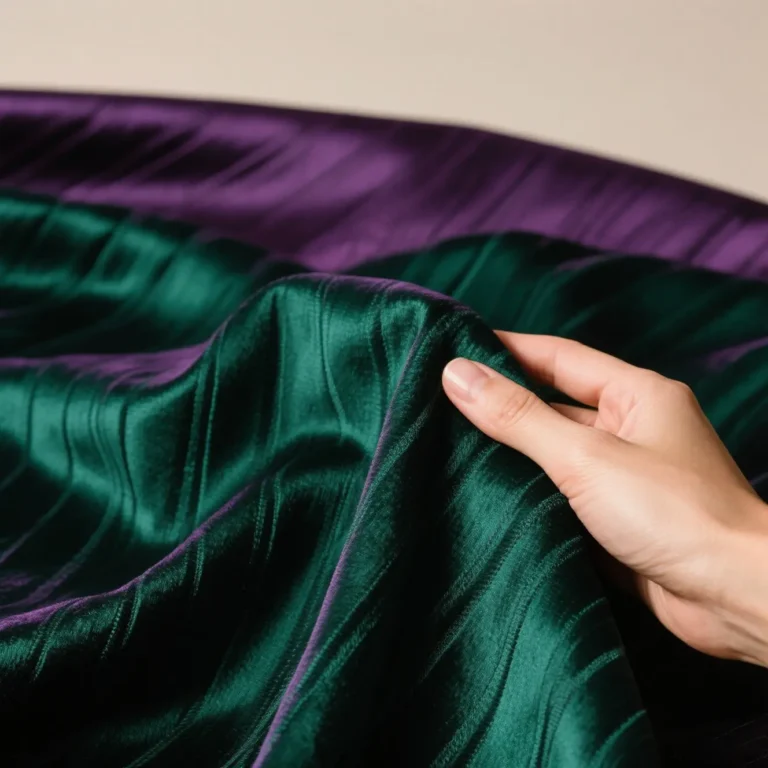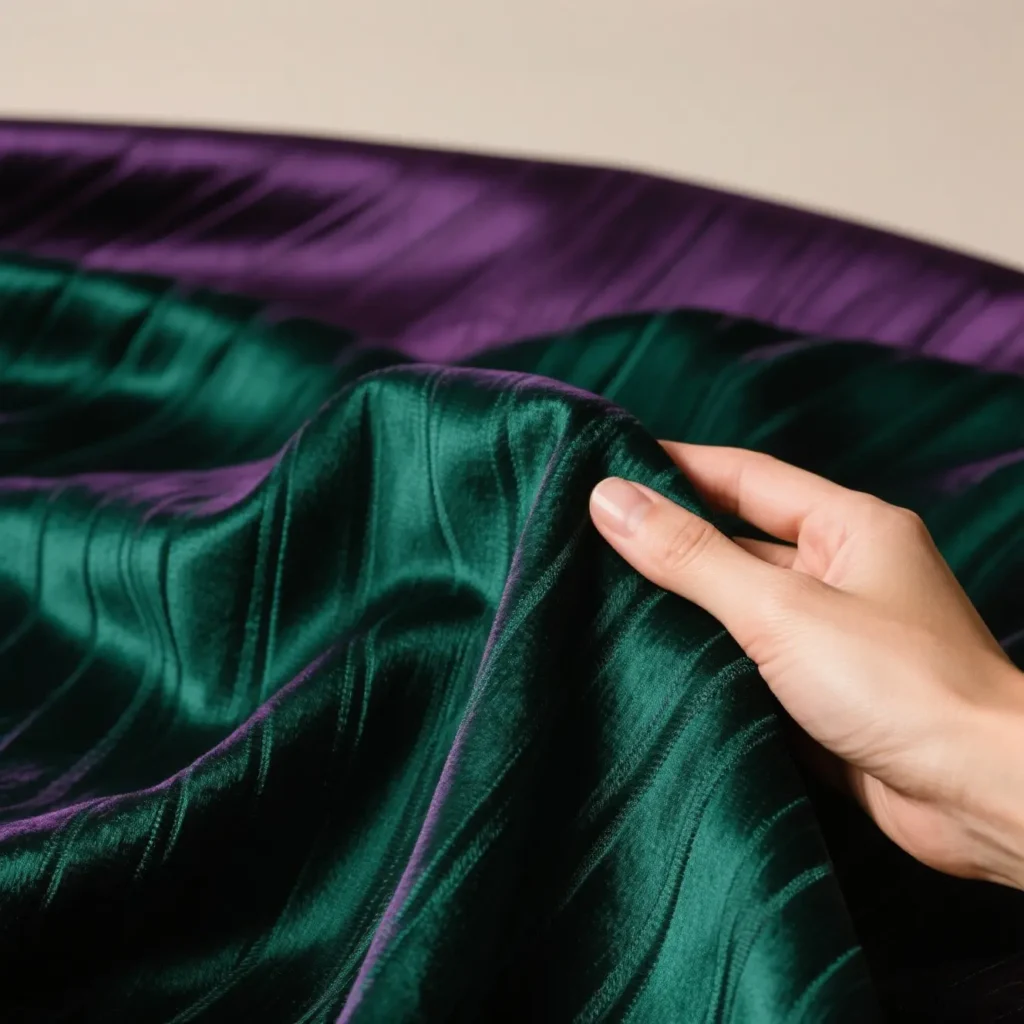Physical Address
304 North Cardinal St.
Dorchester Center, MA 02124
Physical Address
304 North Cardinal St.
Dorchester Center, MA 02124


Silk, often hailed as the queen of fabrics, has captivated humanity for centuries with its luxurious feel, exquisite luster, and remarkable versatility. Originating from ancient China, the art of silk production has spread across the globe, giving rise to a diverse range of silk varieties, each with its own unique characteristics and charm. In today’s market, silk products abound, but discerning between genuine silk and its imitations can be a challenge. This article aims to demystify the world of silk, exploring the different types of silk available and providing you with practical identification methods to ensure you make informed purchasing decisions.
Velvet is a truly unique silk fabric crafted from yarns containing silk fibers. What sets velvet apart is the intricate weaving process that raises some of the silk fibers, creating a delicate, plush pile on the surface of the grey cloth. This results in a fabric that is not only soft to the touch but also has a beautiful sheen and a smooth, luxurious feel. Velvet has long been associated with opulence and elegance, making it a favorite in the fashion industry for creating high-end garments, home furnishings, and accessories. Its versatility allows it to be used in a variety of settings, from formal evening wear to sophisticated interior decor.
Plain crepe satin is characterized by its lustrous satin surface, which imparts a sense of nobility and refinement. The fabric has a smooth and elastic texture, and its dense structure gives it a substantial feel. When viewed, plain crepe satin exhibits a natural, radiant luster that catches the light and adds a touch of glamour to any garment or item. The soft and delicate handfeel of this silk variety ensures comfort against the skin, making it a popular choice for evening gowns, bridal wear, and other formal attire. Its ability to drape gracefully also makes it ideal for creating flowing, elegant silhouettes.
Twill silk is a satin fabric distinguished by its characteristic twill weave, which produces prominent diagonal lines on the surface. This weave not only gives twill silk a distinct visual appeal but also contributes to its excellent elasticity and durability. In addition to its structural advantages, twill silk offers a delicate handfeel and a beautiful gloss. The diagonal pattern adds a touch of texture and movement to the fabric, making it suitable for a wide range of applications, from clothing and upholstery to accessories. Its combination of style and practicality makes twill silk a versatile choice that can withstand the test of time.
Georgette is known for its sparse warp and weft fabric construction, which results in excellent breathability. This makes it a particularly suitable choice for warm weather or for those who prefer lightweight, airy fabrics. After undergoing sufficient dyeing and reduction treatment, georgette develops an extremely soft handfeel, further enhancing its comfort. In the fashion world, georgette is highly regarded for its ability to create elegant, flowing garments that drape beautifully on the body. It is often used in the creation of dresses, blouses, and scarves, adding a touch of sophistication and femininity to any outfit.
Xilisha represents a new frontier in silk textile technology. Through a unique weaving process, Xilisha has successfully overcome one of the common drawbacks of silk – its tendency to snag easily. This innovative fabric combines the smoothness and delicacy of silk with a rough texture that mimics the look and feel of linen, creating a unique and appealing aesthetic. Xilisha has gained popularity among fashion – conscious women for its ability to blend the elegance of silk with the casual, natural charm of linen. It is used in a variety of clothing items, from summer dresses to tops, offering a fresh and contemporary take on traditional silk fabrics.
The hand – feel visual inspection method is a straightforward yet effective way to determine the authenticity of silk.
The hand – feel of silk is one of its most appealing qualities. When you touch silk, it should feel soft, smooth, and comfortable against the skin. There is a certain warmth to silk, as it has the ability to adapt to the temperature of your body. This is in contrast to many synthetic fabrics, which can feel cold or clammy. The smoothness of silk allows it to glide over the skin without irritation, making it a luxurious choice for clothing that comes into close contact with the body, such as lingerie, nightwear, and shirts.
The burning method can provide conclusive evidence of a fabric’s composition, but it requires some expertise and experience to interpret the results accurately.
Silk is a remarkable fabric with a rich history and a wide variety of types, each offering its own set of advantages and aesthetic qualities. Whether you are drawn to the plushness of velvet, the elegance of plain crepe satin, the durability of twill silk, the breathability of georgette, or the modern charm of Xilisha, understanding how to identify genuine silk is essential. By using the hand – feel visual inspection method, visual inspection, hand – feel assessment, and, when necessary, the burning method (with caution and expertise), you can confidently distinguish between real silk and its imitations. This knowledge empowers you to make informed purchasing decisions, ensuring that you bring home the finest silk products that will last for years to come and provide you with the luxurious experience that silk is renowned for.